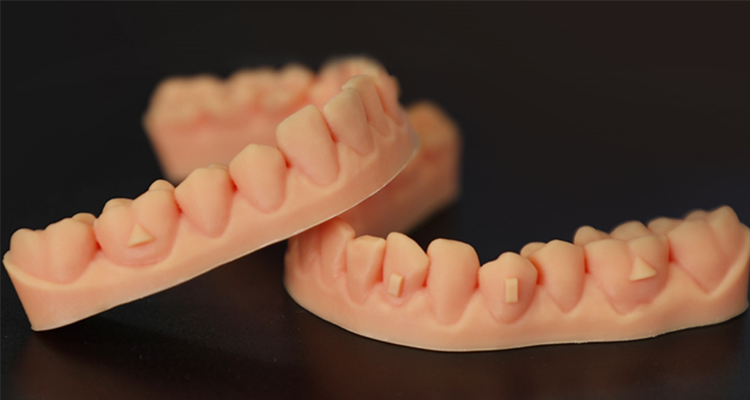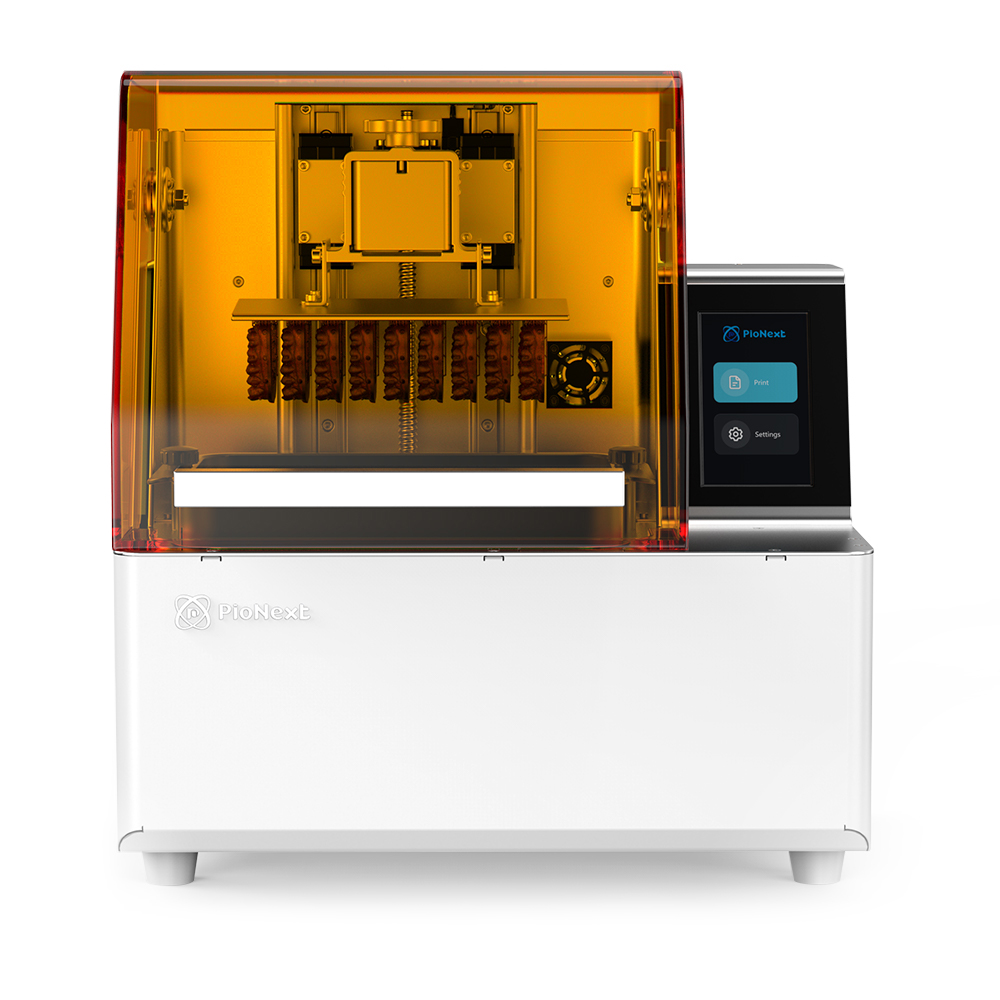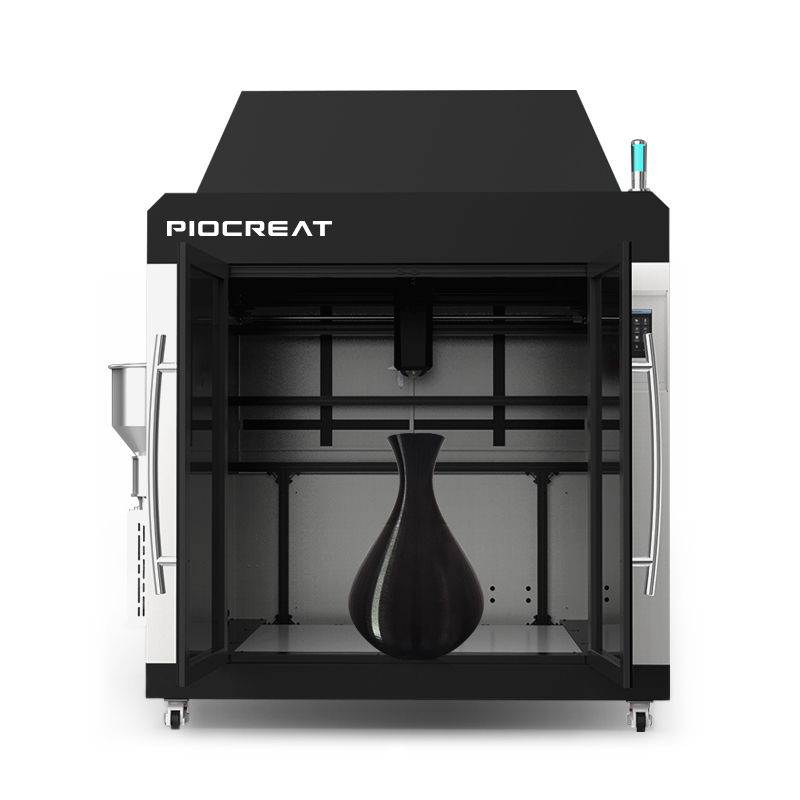The difference between SLA / DLP / LCD three kinds of light curing 3D printer technology
Recently, UV curing 3D printers have developed very well. Because the printing accuracy is high and can reach the micron level, mainstream 3D printer manufacturers have launched relevant models.
However, I believe many careful partners have found that there is not only one kind of light curing 3D printer. At present, there are three common types on the market, mainly including SLA light curing 3D printer, DLP light curing 3D printer and
LCD light curing 3D printer.
1、 SLA light curing 3D printer
SLA technology is the first generation of light curing mainstream technology. It has a variety of translation names in China, such as three-dimensional lithography, three-dimensional printing, light modeling and so on. SLA forming technology is not only the first rapid prototyping technology to appear and commercialize in the world, but also one of the most deeply studied and widely used rapid prototyping technologies.
The basic principle of SLA molding technology is to use ultraviolet laser (355nm or 405nm) as the light source and use galvanometer system to control the laser spot scanning. The laser beam outlines the shape of the first layer of the object on the surface of liquid resin, then the manufacturing platform drops a certain distance (between 0.05-0.025mm), and then immerse the curing layer into liquid resin. After this, the solid printing is finally completed.
2、 DLP light curing 3D printer
Digital light processing (DLP) appeared more than ten years after the emergence of SLA technology. This technology is also recognized as the second generation of light curing technology in the industry, and has a development history of more than 20 years. DLP technology was first developed by Texas Instruments. It is a rapid prototyping technology that solidifies photosensitive polymer liquid layer by layer through projector, so as to create 3D printed objects.
This molding technology first uses the slicing software to slice the model, and the projector plays slides. Each layer of image produces light polymerization reaction and solidification in the area with very thin resin layer to form a thin layer of parts. Then the molding table moves one layer, and the projector continues to play the next magic light film and continue to process the next layer. In this cycle, it goes straight to the end of printing. Therefore, not only the molding accuracy is high, but also the printing speed is very fast.
3、 Differences between SLA and DLP
The consumables used in SLA and DLP are light curing resin, and the principles of the two molding technologies are very similar. Therefore, when studying 3D printing molding technology, the industry often likes to treat these two technologies as similar technologies, but they are still different in many aspects.
1. Mechanical structure. DLP uses the digital light source of the projector, while sla uses the ultraviolet laser light source.
2. Molding speed. Because the working principle of DLP is to use the projector to solidify the photosensitive polymer liquid layer by layer, the printing speed is very fast; SLA uses a laser beam to draw objects on the surface of liquid resin, from point to line, and then from line to surface to form a solid model, because some work efficiency is much lower than the former.
3. Printing accuracy. Theoretically, there is no difference in the printing accuracy between the two, and they can reach the printing accuracy of micron level. However, since the light emitted by dlp3d printer is fan-shaped light, astigmatism will occur in the printing process, which is easy to cause the edge part to be blurred; The light emitted by SLA 3D printer is a straight line, so the latter has a slight advantage in the actual printing accuracy, but the gap is not obvious. Take the new generation DLP light curing 3D printer DP002 of chuangxiang 3D as an example. The printing accuracy is about 20-50 microns, so the forming surface is very smooth, and the step effect of FDM model can not be seen by the naked eye. Therefore, it is suitable for fields with high printing accuracy, such as dental dentures, jewelry, animation and so on. At present, the price is more than 50000 yuan.
Generally speaking, these two technologies have their own advantages and disadvantages, but in practical use, DLP 3D printer obviously has more advantages.
4、 LCD light curing 3D printer
We talked a lot about 3D printers based on SLA and DLP. Now let's talk about a new light curing product, LCD light curing 3D printer.
As far as I know, the LCD light curing molding technology has only just appeared in 2013. The inventor is still a technology leader in China, but this is not the focus. The point is that this technology is open source, and the core parts are also very cheap.
Let's talk about his forming principle first. In fact, compared with DLP molding technology, the simplest understanding is that the light source of DLP technology is replaced by LCD, and others are basically the same. The imaging principle of LCD liquid crystal panel uses optical projection to pass through the red, green and blue primary color filter to filter out infrared and ultraviolet rays (infrared and ultraviolet rays have a certain damaging effect on LCD), and then project the three primary colors through the three liquid crystal panels to synthesize projection imaging.
However, the molding technology needs to use high-power ultraviolet light irradiation and use a very small amount of ultraviolet light to cure and shape. The LCD itself is afraid of ultraviolet rays and will age rapidly after being irradiated. At the same time, the core component not only has to withstand the test of heat resistance and high-temperature heat dissipation, but also has to withstand several hours of high-intensity baking of tens of watts of 405 LED light beads, so its service life is very short. If it is often used, its core component LCD screen will be damaged in one to two months.
However, the prospect of this technology is still optimistic by the industry, and a team has invested a lot of human and material resources to conduct in-depth research on it, including the creality team of a well-known civil 3D printer company, and achieved considerable results. It is understood that in recent years, the company's R & D team has carried out a lot of innovation and Optimization for the hard injury of short service life of LCD screen in LCD forming technology, successfully increased the service life of LCD screen to more than half a year (medium service intensity), and on this basis, launched the company's first desktop LCD light curing 3D printer ld-001. Its subsidiary piocreat3d also launched LCD dental 3D printer dj89, which aroused strong repercussions in the industry!
It is understood that creality LCD 3D printer ld-001 and piocreat dj89 are not only no less than the high-end DLP light curing 3D printer in the market in terms of printing size and printing accuracy, but also the price is only about 1 / 15 of the latter. What's more valuable is that based on the fact that the LCD 2K screen of the device is a lost part, creality also provides special LCD 2K screen parts for users to replace regularly. The cost is only about 300 yuan, which is very attractive!



